How Music
Could Become a Crucial Part
Of Your Sleep Hygiene
Could Become a Crucial Part
Of Your Sleep Hygiene
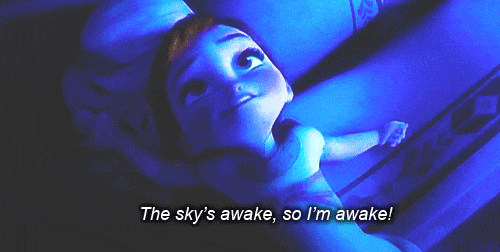
😴 By Andrew R. Chow 😴
August 6, 2020

Max Richter performs "Sleep"

Max Richter performs "Sleep"
during SXSW 2018 in Austin, Texas -Travis P Ball
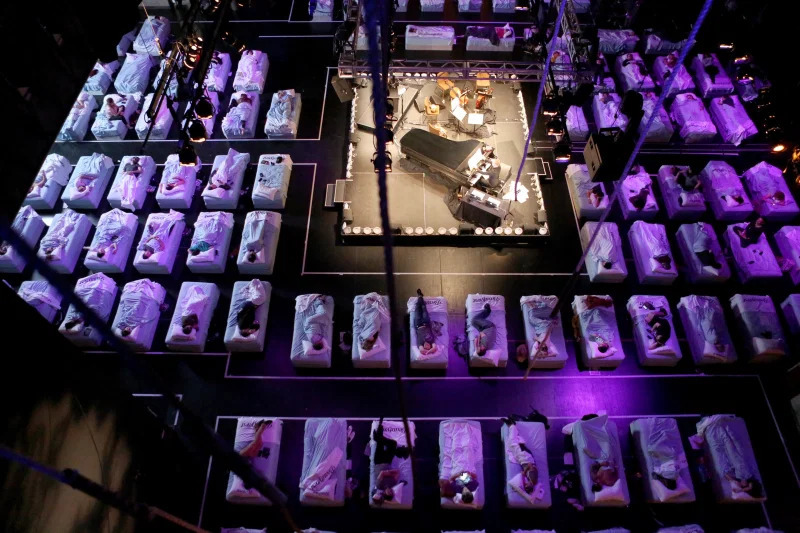
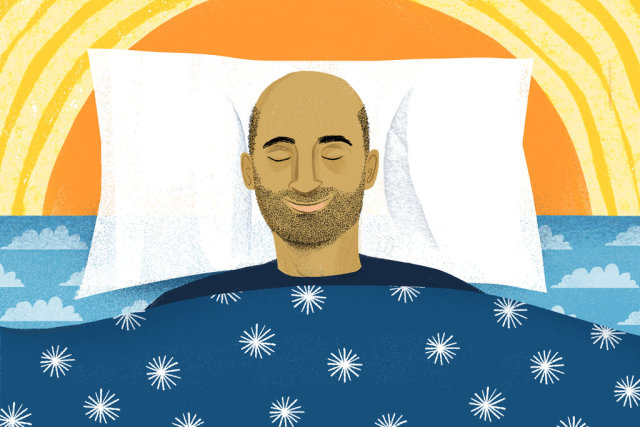
Max Richter - Sleep
BBC In Tune Sessions
Max Richter performs an extract from his piece 'Sleep' with cellist Ian Burdge and violinist Louisa Fuller, live In Tune BBC Radio 3
👇 ♪ 📽️ ♪ 👇
In the midst of a pandemic, sleep has never been more important—or more elusive. Studies have shown that a full night’s sleep is one of the best defenses in protecting your immune system. But since the spread of COVID-19 began, people around the world are going to bed later and sleeping worse; tales of terrifying and vivid dreams have flooded social media.
To combat sleeplessness, people are turning to all sorts of techniques, including anti-insomnia medication, aromatherapies, electronic curfews,
sleep coaches and meditation. But another unlikely sedative has also seen a spike in usage around bedtime: music. While sleep music used to be confined to the fringes of culture—whether at avant-garde all-night concerts or New Age meditation sessions—the field has crept into the mainstream over the past decade. Ambient artists are collaborating with music therapists; apps are churning out hours of new content; sleep streams have surged in popularity on YouTube and Spotify.
And since the impacts of the coronavirus have upped the anxiety of daily life, artists’ streams and wellness app downloads have soared, forming bedtime habits that could prove lasting. At the same time, scientists are diving deeper: in September 2019, the National Institute of Health awarded $20 million to research projects around music therapy and neuroscience. As the field expands, experts imagine a world in which scientifically-designed albums could be just as effective and commonly used as sleeping pills.
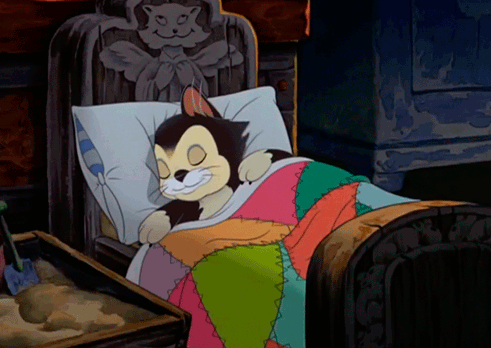
Max Richter's Music to Sleep by
British composer Max Richter's most ambitious work," Sleep," is an eight-hour "lullaby" that is to be heard while tucked into bed. Richter recently performed it under the stars in Los Angeles, at a giant slumber party with 500 guests. Tracy Smith reports.
👇 ♪ 😴 📽️ ♪ 😴 👇
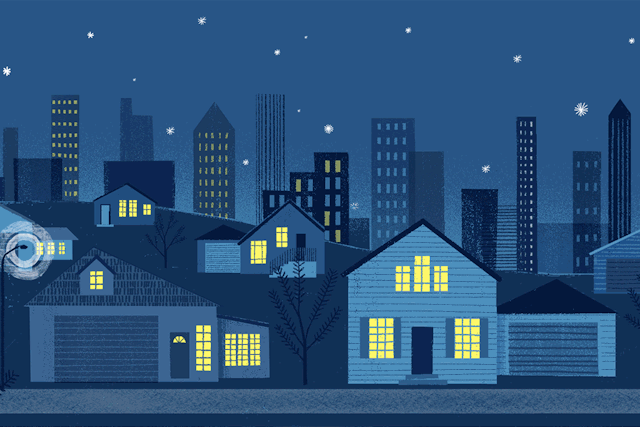
😴😴😴😴😴
Enhancing the edges of sleep
Sleep and music have been intertwined for centuries: a creation myth of Bach’s Goldberg Variations involves a sleepless Count.
More recently, a Western fascination with sleep music reemerged in the
’60s, when experimental minimalist composers like John Cage, Terry Riley
and members of the Fluxus collective began staging all-night concerts.
Riley was inspired by Eastern mysticism and all-night Indian classical
music events, and aimed to provoke rather than soothe: “It felt like a
great alternative to the ordinary concert scene,” he said in a 1995 interview.
One of the acolytes of this scene was Robert Rich, who, as a Stanford
student in 1982, staged his first “sleep concert” to about 15 dozers.
His audience settled into their sleeping bags in a dorm lounge while
Rich created drones with a tape echo, a digital delay and a spring
reverb for 9 hours. “I was fascinated by the idea of using music for
trance-inducing purposes,” he tells TIME. “The intention was not to make
music to sleep more deeply, but to enhance the edges of sleep and
explore one’s consciousness.”
William Basinski likewise approached sleep music
through the lens of minimalist experimentation. At the time, Basinski
was toying with generative music and feedback loops—music that unfolded
slowly over hours. Initially, there was little interest in his work
beyond his Brooklyn bubble. “I would have loved if people got more what I
was doing—but it took quite a while,” he says. “But it allowed me to
fall in and out of time—to get some peace, daydream.”
While Rich, Basinski and others pushed the bounds
of convention, others entered the sleep music space for more practical
reasons. The electronic musician Tom Middleton had created lulling
ambient music as a member of Global Communication and and other bands in
the ’90s, but had never seriously considered the connection between
sleep and music until he developed insomnia after years of touring the
globe and partying all night. “My sleep was pretty messed up, and it was
impacting all parts of my life,” he said. “I wanted to train as a sleep
science coach to understand it better and to see if I could hack my own
sleep.”
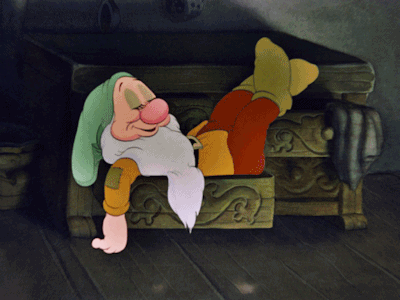
Science meets streaming
When Middleton studied sleep science and began
working with neuroscientists, he found that the benefits of music on
sleep weren’t just spiritual, but based on empirical evidence. Studies
have found that relaxing music can have a direct effect on the parasympathetic nervous system, which helps the body relax and prepare for sleep. One trial in a Taiwan hospital found
that older adults who listened to 45 minutes of relaxing music before
bedtime fell asleep faster, slept longer, and were less prone to waking
up during the night.
Barbara Else, a senior adviser with the American
Music Therapy Association, has worked with victims of several disaster
situations, including Hurricane Katrina, and seen how music can play a
crucial role in quelling racing thoughts and establishing sleep
routines. “We aren’t medicine or a cure, but we help progress towards a
better sleep quality for people in pain or anxiety,” she says. “We can
see respiration rate and pulse settle down. We can see blood pressure
lower.”
Relying on similar research and working with
neuroscientists at sleep labs, Middleton began devising music in which
each element—harmony, rhythm, frequency, environmental noise—was chosen
based on scientific underpinnings. “I like to see robust, rigorous
evidence to support why I’m making a production decision,” he says. In
2018, he released Sleep Better, an eight-part suite that unfolds
with lapping waves, chirping birds and sustained synthesizer chords
designed to line up with your circadian rhythms and encourage deep REM
sleep, which is thought to help facilitate memory consolidation.
Nothing much happens over its 80-minute runtime—but then again, if
you’re consciously listening the whole way through, you’re engaging with
it wrong. “My album intentionally makes you ‘unlisten’ at a certain
point,” Middleton says.
By the time Middleton released Sleep Better, a once-derided
field was gaining legitimacy and sprawling in many directions. In the
experimental wing, Basinski and Rich were suddenly being asked to
perform sleep concerts for thousands of horizontal fans at major
festivals like Le Guess Who in the Netherlands and Moogfest in North
Carolina. In an era of experiential pop-ups and events, consumers were embracing the opportunity to pay $250 per ticket for the privilege of falling asleep to Max Richter’s Sleep.
The rise of streaming also had an outsize impact.
While many experimental artists have been hurt by streaming’s miniscule
royalties, new digital platforms also provided easier and cheaper access
to lengthy musical works. Robert Rich’s seven-hour Somnium, for
example, had originally been released on DVD, the only format that could
support it in 2001; now, he could sell it easily as a download on
Bandcamp. Another one of his most peaceful albums, Nest, unexpectedly began racking up millions of plays on Spotify. “That was quite a surprise,” he said.
Other sleep musicians began experiencing career
transformations. In the mid-’00s, Chuck Wild, who performs as Liquid
Mind, started uploading his relaxation music onto Pandora and YouTube to
modest returns. But his streaming numbers skyrocketed once streaming
took hold around 2014. “I started looking at the numbers and my income,
and went, “Holy cow, this is a way to fulfill my dream,” Wild says.
Since then, he has released albums titled Deep Sleep, Peace and Mindfulness that have found success online.

The rise of wellness
As access to sleep music increased, so did
awareness, thanks in part to a larger cultural shift around the ideas of
“wellness” and mental health. Meditation and mindfulness were going
mainstream in Western society, and entrepreneurs responded accordingly,
flooding the market with new startups that sought to alleviate rising
levels of anxiety. One of those, Calm, was named Apple’s 2017 app of the
year, and was valued at $250 million.
Last October, the company sensed a swelling
interest in sleep music and hired its first Head of Music, Courtney
Phillips. Phillips, who would often fall asleep to Enya as a child, saw
the creation of her role as a natural extension of a larger
normalization around sleep music. “People used to hear ‘New Age’ and
think of a ‘woo woo’ vibe—and imagine crystals and linen,” she says.
“Now it’s just music to help you relax.”
Unsurprisingly, Spotify, the leader of the
streaming world, has been at the forefront of this movement. On its
genres page, an entire vertical for “sleep” is carved out alongside
“hip-hop” and “rock.” There are 42 official playlists in it, three of
which—Sleep, Deep Sleep and Peaceful Piano—have more than a million
followers.
Curiously, many of the artists on these prominent
playlists are strangely shadowy: they have only a handful of songs
uploaded, and little-to-no digital presence outside their Spotify pages.
Over the last few years, several news outlets have written investigations
into these so-called “fake artists” and the possible reasons that
Spotify would promote them as opposed to more established ones. (Spotify
declined to comment for this story.)
Whatever their reasons, this development—of a multibillion-dollar app
establishing its own stream of sleep content and largely bypassing the
form’s pioneers—is not lost on those who have spent decades in the
space. “It’s troubling to me because it can be difficult to make a
living as a musician,” Wild says.
“I think that it’s a great shame,” Middleton says.
“They’re missing an opportunity to create really effective content based
on science.”

Easing coronavirus anxieties
While many experts warned that the lack of sleep in America was a public health crisis
several years ago, the pandemic has only exacerbated matters. And as
prescriptions for anti-anxiety medication and insomnia aids have spiked
over the last few months, so has the demand for sleep music. A
representative for YouTube said searches for “Sleep Sound,” “Nature
Sound,” “nighttime routine,” and “sleep hack video” all increased
starting at the end of March. Calm has seen their daily downloads
double. Endel, a platform that creates sound environments using
artificial intelligence, says that their app installs have increased by
more than 80%.
William Basinski’s life was thrown into disarray by
the pandemic: his world tour was cancelled, erasing most of his
potential earnings for the year. But on streaming services, his
royalties doubled from March to April, which he credits to people
looking to assuage their anxiety. “Most people know that streaming isn’t
that great for most underground musicians,” he says. “But I have to
say, I’ve been pleasantly surprised by the digital royalties.”
Earlier this year, Robert Rich was working on an
album with dark elements, but changed course when he started getting
inundated by requests from longtime listeners. “I was getting requests
for music that was more comfortable. I set down the album I was halfway
through and sat down with the intention of making something very calm,”
he said. He released a serene album, Offering to the Morning Fog,
in May as a name-your-price download. “There could not be a better
antidote to COVID-19 than this blissful, serene soundscape,” one
commenter wrote on Bandcamp.
Going forward, the science around sleep music will
continue to broaden and deepen, leading to questions around whether
music could rival the effectiveness of medicine. “A sleeping pill is a
sedative hypnotic that influences our brain. Can we use sound to rewire
the brain and make us feel drowsy? Yes,” Tom Middleton says. “The main
challenge is if we can keep people in the various states of sleep, such
as restorative delta wave sleep.”
But while some musicians are embracing scientific
methods and collaborating with apps, others are worried the space could
be commodified to the point where it’s unrecognizable. Already, you can
go on YouTube and find dozens of livestreams with bland titles optimized for search results.
Given that creators like Rich and Basinski arose
out of experimental fields in the first place, they’re not overly
concerned about what’s happening in the mainstream. Rich says he has no
intention of making albums like the phlegmatic Offering to the Morning Fog for
the rest of his career, even if it might be the most profitable path.
“We need to express the full dynamic range of light and dark,” he says.
“Just creating relaxing pablum is probably worse than doing nothing
right now.” But regardless of what direction Rich takes his career, Offering to the Morning Fog will always be available to lull you to sleep.
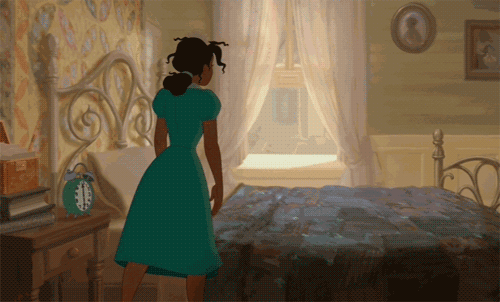
Max Richter’s monumental work ‘SLEEP’
Acclaimed Britsh composer Max Richter has written a new landmark recording: SLEEP is 8 hours long
– the equivalent of a night’s rest – and is actually and genuinely
intended to send the listener to sleep. "It’s an eight-hour lullaby,"
says its composer, Max Richter.
The ground-breaking new work is scored for piano, strings, electronics and vocals – but no words.
"It’s my personal lullaby for a frenetic world," he says.
"A manifesto for a slower pace of existence."
SLEEP (8h): has now been reinvented as a new app, offering tailor-made musical sessions to aid sleep, meditation and focus.
👇♪ 😴 ♪ 👇
Download for free here: https://app.adjust.com/3e3wa9e
😴😴😴😴😴😴
Read More:
😴 How the Pandemic Could Be Messing With Your Sleep
😴 Why We Buy Into the Big Business of Sleep
😴 How the COVID-19 Pandemic Could Be Messing With Your Sleep
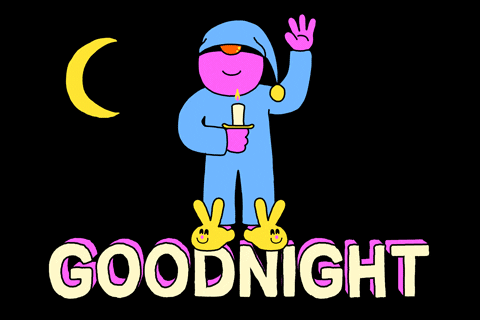
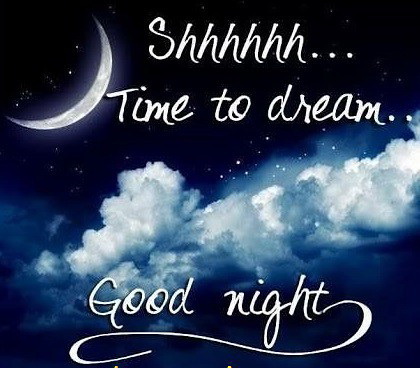
🎼 ♪♫😴♫ ♫🎹♪♫ 😴 ♫🎷♪🎻♪😴♫🎺 ♪♫ ♫ 🥁♪😴♫🎸♫ ♪
🎼 ♪♫😴♫ ♫🎹♪♫ 😴 ♫🎷♪🎻♪😴♫🎺 ♪♫ ♫ 🥁♪😴♫🎸♫

No comments:
Post a Comment